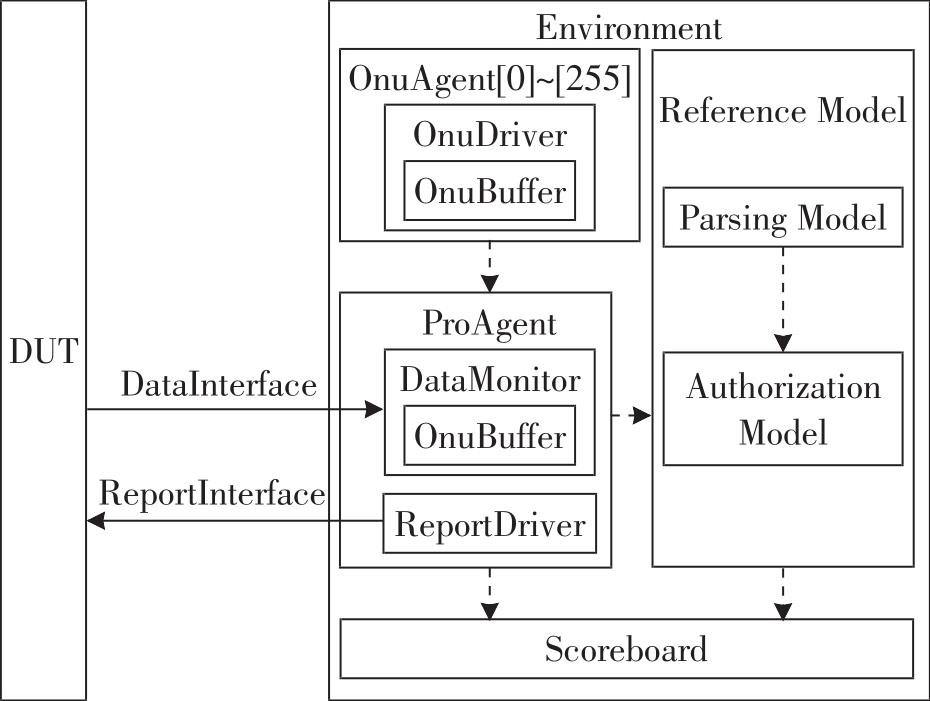Ling DING, Xiang-hui LI, Jin HONG, Yu-bin ZHOU, Shi-shun HU. Verification of DBA based on UVM in Passive Optical Network[J]. Study On Optical Communications, 2023, 49(3): 32
Search by keywords or author
- Study On Optical Communications
- Vol. 49, Issue 3, 32 (2023)
Abstract

Set citation alerts for the article
Please enter your email address



